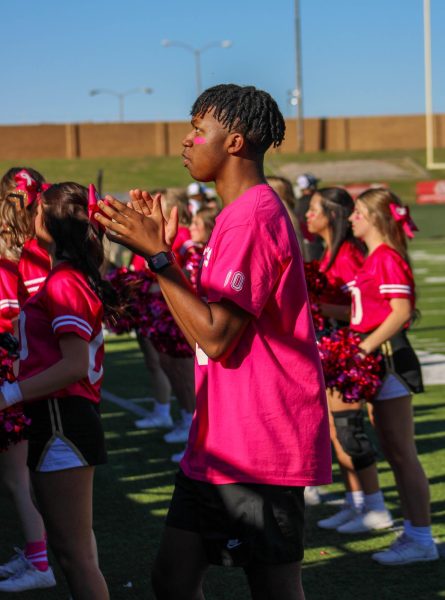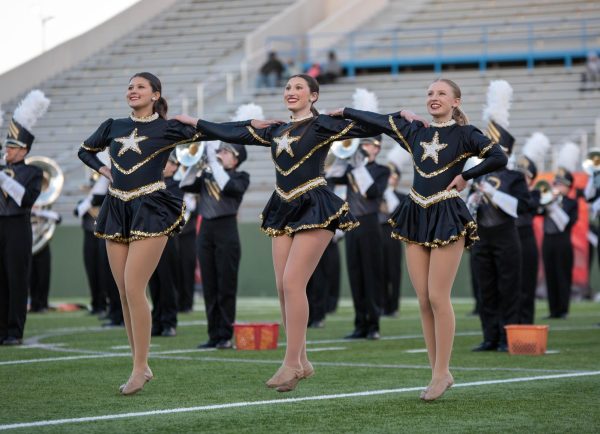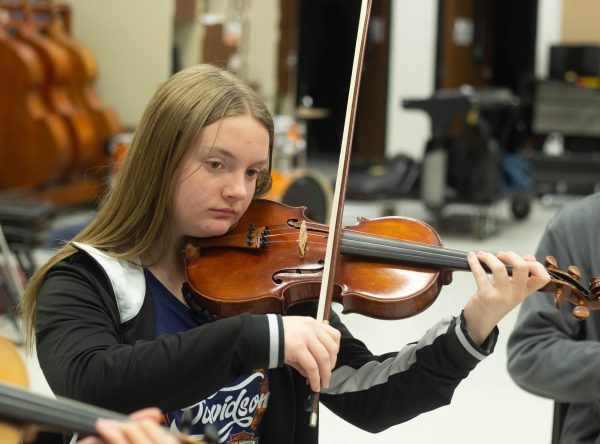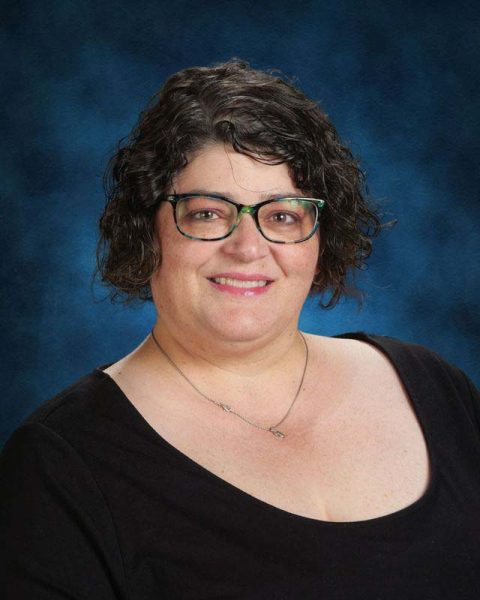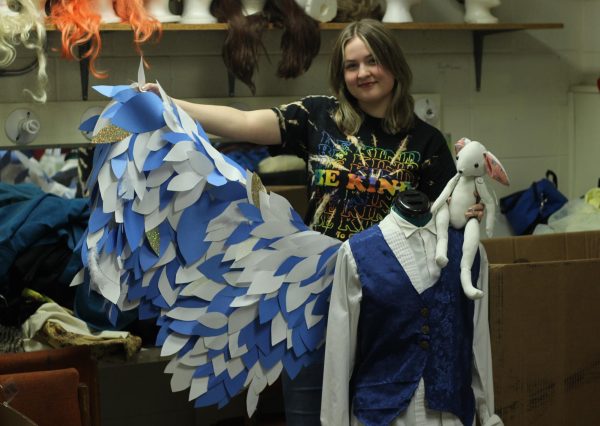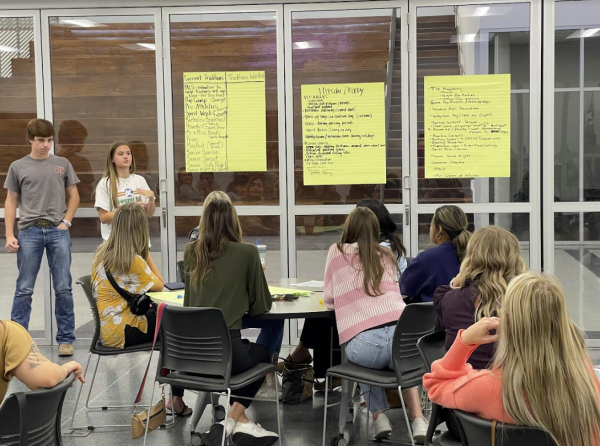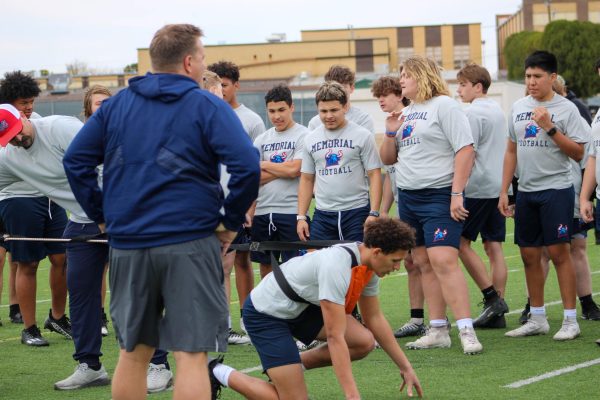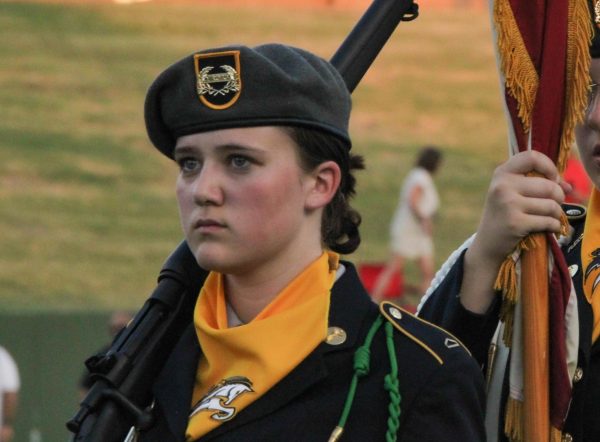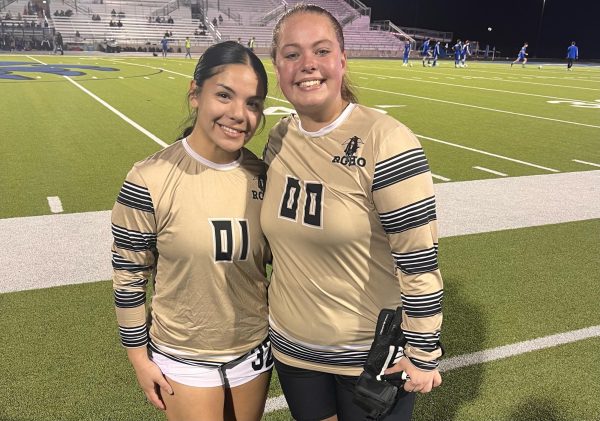Blueprints To Classroom Success
Freshman Hailey Harrison dodges the bulging backpack of the student in front of her and hurries to her next class.
Weaving in and out of slow-moving students like a skilled veteran, she has become used to the daily routine of swerving through the hallways.
Harrison catches bits of conversations as she strides past.
She could hear two teachers, coffee mugs in hand, discuss the topics broached in their faculty meeting yesterday afternoon from the teachers lounge. “I just don’t know why our district does this to us,” said a teacher, casually sipping his coffee.
A sophomore boy tells his friend what they did in chemistry that day. “Stoichiometry isn’t that bad,” said the boy.
A group of girls stand under the bulletin board, discussing their latest Snapchats and texts with their crushes. “Can you believe she said that?” said one girl.
Walking past that, Harrison has reached her destination.
Room 112.
As Harrison walks into the room, under piñatas depicting a Starbucks macchiato, a tennis racket with a ball, and a giant cupcake, she takes her seat, ready to jump into the broad world of Spanish. Ms. Williams’ room, Room 112, is a popular room among students, including Harrison.
“Ms. Williams’ room is my favorite room because it has piñatas everywhere and is really colorful,” Harrison said. Williams said she makes an effort to create an environment that her students can learn in. “I think my room reflects me and my teaching style. I want to be in a fun atmosphere while I’m learning, and I want my students to have that too,” Williams said.
A 2012 study conducted by University of Salford’s School of the Built Environments showed that a large aspect of student learning is due to their learning atmosphere.
Senior Alex Beard said he observes this while learning in the choir and band halls. “If someone is surrounded by things that have to do with the subject, then of course, as they’re being taught it, they’re going to look around and see visual aids, and those visual aids definitely help out the student,” Beard said.
In addition, students say bad environments do not foster educational growth. “If it’s a distracting environment, you’re not really going to pay attention, and you won’t learn anything,” Harrison said.
Beyond the posters, prettification, and piñatas that some classrooms provide, students and teachers say it comes down to learning.
“I think all the colors, posters, and charts give students a chance to learn things without formal instruction from me,” Williams said. “I think there is a real possibility of student success from within each of them just by observing their surroundings.”

